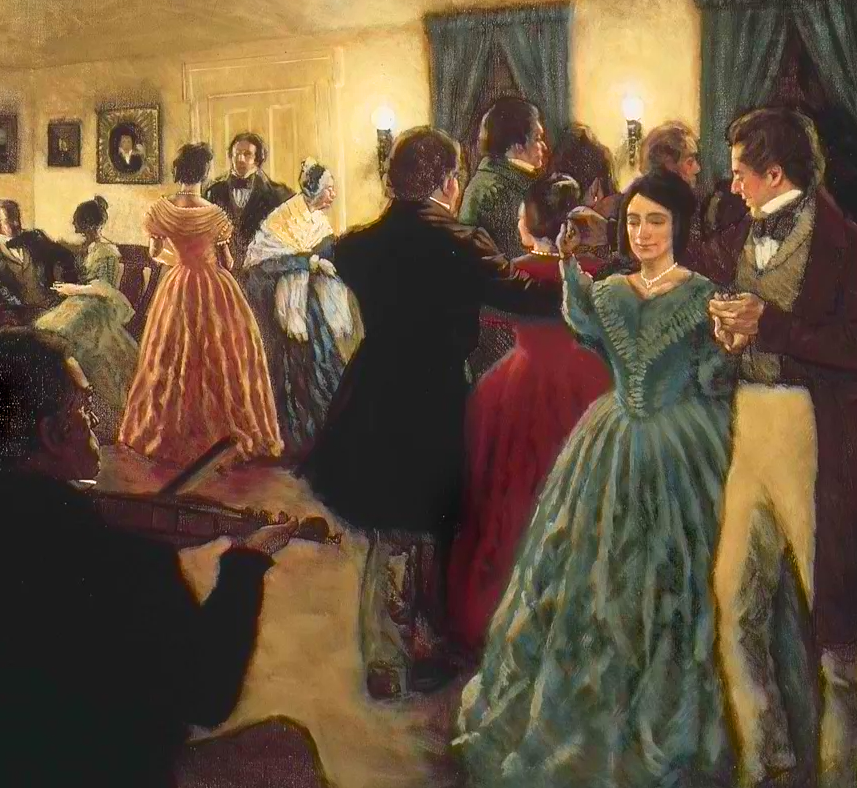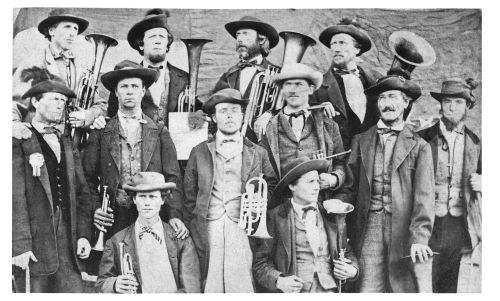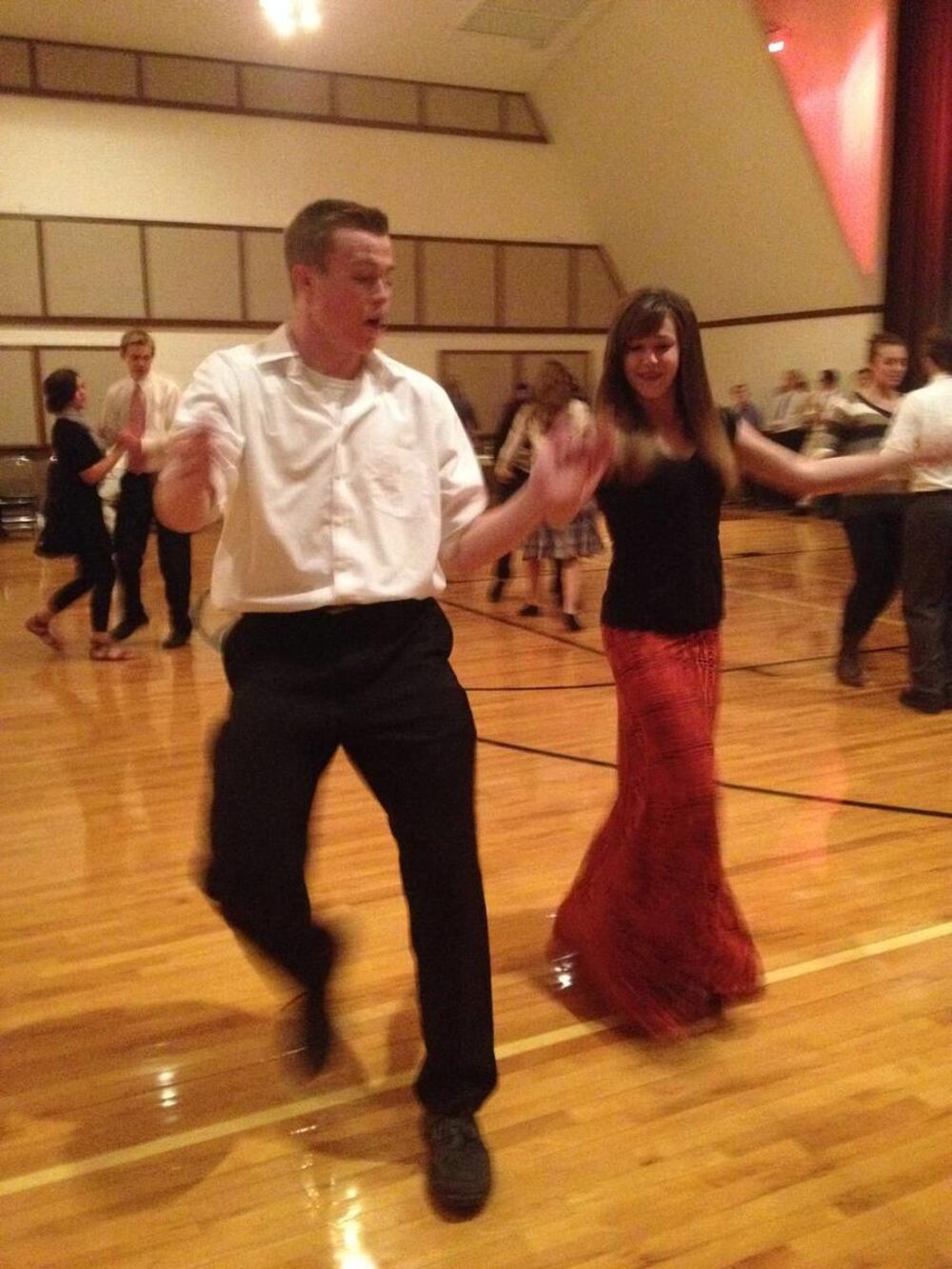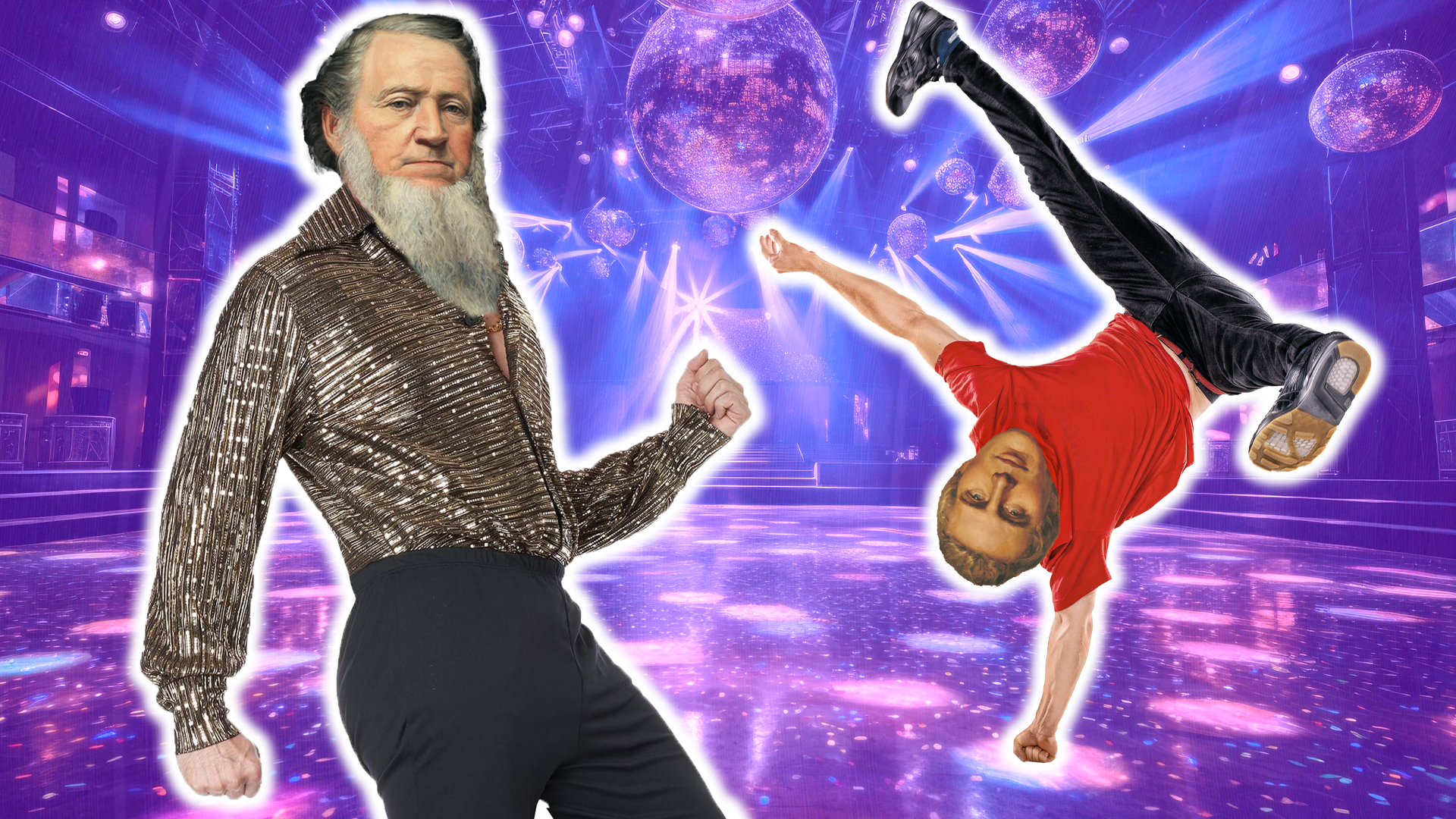You probably already know that pioneer children sang as they walked (and walked, and walked, and walked), but you might not know that they also did a whole lot of dancing. It might sound strange—after all, wouldn't their feet be tired from walking (and walking, and walking) all day?
But dancing was a huge part of early Church culture and social life. From the very first members in upstate New York to the pioneers on the trail to the settlers of the Utah territory, the Latter-Day Saints have been dancing their way through the restoration for generations.
The Early Days
In early 1800s New England, the time and place of "unusual excitement on the subject of religion" in which Joseph Smith lived, dancing was widely looked down upon in religious circles.
Some sociologists believe that this was due to the Puritan ideology inherent to the region's cultural DNA. Many pilgrims who had come to the American colonies had brought with them a distaste for what they considered the flippant and idle pleasures of the upper class—things like dancing and non-hymnal music among them. Dancing, to their congregations, was a worldly pursuit that distracted from the pure and holy things of the Lord.
From the day it was formed in 1830, The Church of Christ was not like other churches. For one thing, they had Jo Smith and his golden Bible. For another, they danced.
Joseph Smith was well-known as an active man. He raced, hiked, wrestled, ice skated, shot pistols, and rode horseback. At heart, the prophet was still a farm boy and enjoyed having company over for lively activity. He once hosted a New Year's Eve party where the music and dance lasted all through the night and into the morning.

That's not to say the Church was entirely on board with all kinds of dancing. Heber C. Kimball and John Taylor both warned of the dangers of "carrying it to extremes." The Church also disapproved of public dances, in one case disfellowshipping twenty-two members for dancing with the public in a dance hall. Church members saw dancing as a way to unite the Saints in a common language and activity. In a way, it was a lot like the For the Strength of Youth: stake dances are okay, clubbing is iffy.
On the Trail
A similar attitude towards dance prevailed even after Joseph Smith was martyred and the Saints were driven from Nauvoo.

Brigham Young was strongly in favor of dance as a way to exercise the body and give the mind time to rest. Even though the pioneers were forced to leave most of their belongings behind on their trek to the other side of the country, many of them still brought trumpets, fiddles, and other small instruments in their handcarts.
On the road to Zion, dancing served an important purpose both socially and psychologically. The Saints, at the time, included people from all over America and Europe. For many of them, dance was a common cultural language. It was a unifying force to bring a community together during hard times. Some sociologists have observed that it's challenging circumstances like the ones faced by the pioneers that create a stronger emphasis on cultural activities like dance. In other words, when times are hard, people dance harder.
One cold winter night in 1846, Brigham Young called for a fire to be built in a clearing at Winter Quarters. There, in the warmth of the flames and the shadow of the Saints' sorrow, he told them "to sing and dance and forget your troubles. . . . Let's have some music and all of you dance."
This attitude buoyed the pioneers across the sorrows of the plains and to their new home. The first company danced and whirled each other around. The sounds of fiddles, flutes, brass bands, and accordions—and if they were lucky, a hand organ—followed the Saints over the fields, through the rivers, and out to their promised land.
New Halls, Same Songs
Every settlement in the Utah territory started with a multi-purpose public building. The place would serve as a community church, school, meetinghouse, and, frequently, dance hall. The Saints didn't stop dancing just because they had reached their destination.

As early as 1853, dance and music schools were starting to open across the state. Holidays and other occasions were frequently marked by dance. For their first celebration of Independence Day, 150 carriages carried pioneers four hours to Black Rock Beach, where they swam, danced, and played through the night.
The pioneers still emphasized dancing in an acceptable sort of way. While cotillions, reels, and country dances were all common, more controversial dances like the raunchy polka or the ever-so-scandalous waltz were sometimes frowned upon. Brigham Young frequently justified the activity, saying:
Dancing—Those that have kept the covenants and served their God, if they wish to exercise themselves in any way to rest their minds and tire their bodies, go and enjoy yourselves in the dance, and let God be in all your thoughts in this as in all other things, and he will bless you.
So the next time you're faced with the sweaty floorboards of yet another stake center gym, just remember: you're taking part in a tradition that goes back to the very beginnings of the Restoration, so have some fun with it! Brigham Young would get in the middle of that circle, so why shouldn't you?
Like Mormonr? Sign up for our newsletter to receive updates on the latest blog posts, Q&As, and Mormonr projects.



